What is Mainlining Cannabis?
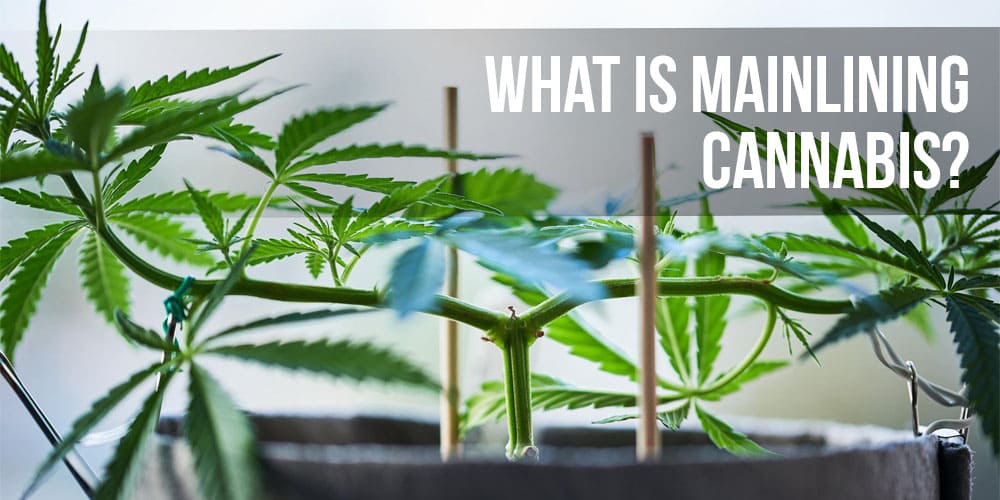
Cannabis cultivation has witnessed remarkable innovation and sophisticated techniques aimed at maximizing yield, potency, and plant health. One such technique, gaining traction among seasoned growers, is known as “mainlining cannabis”. This method not only promises impressive control over the plant’s growth but also ensures an even canopy and optimal light distribution across the buds.
- Unlock the Secrets of Fast Flowering Cannabis
- 5 Ways to Increase THC in Cannabis Plants
- How Are New Weed Strains Created? A Process Explained
The Essence of Mainlining
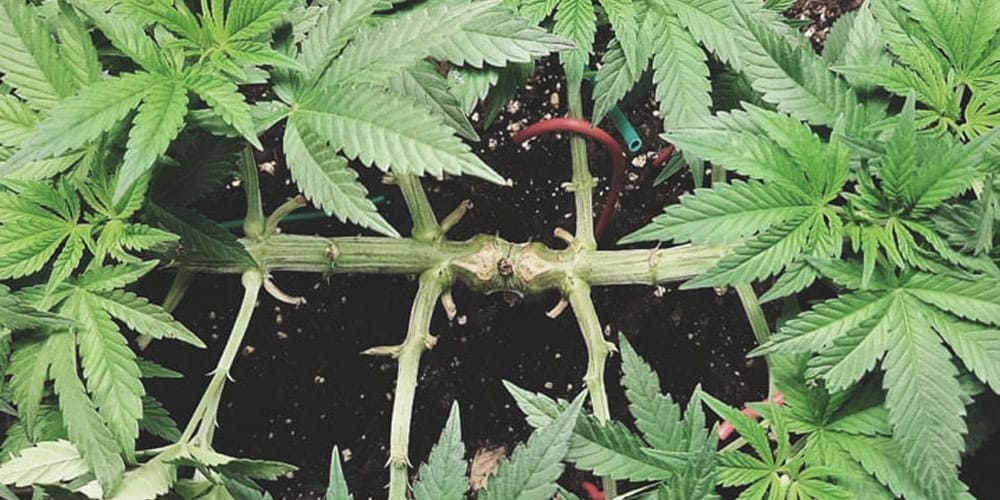
Mainlining is a sophisticated cannabis training method focused on creating a plant with a symmetrical structure and uniform growth. By directing the plant’s energy to a select few branches, it encourages a more controlled and predictable development pattern. This systematic approach helps in stabilizing the plant’s growth dynamics, which is crucial for achieving high-quality yield.
The practice starts by manipulating the plant’s natural growth tendencies. By topping and selecting branches early in the vegetative stage, growers can influence how the plant channels its resources, prioritizing certain areas over others. This method ensures that the energy usually spread across many branches is focused on just a few, enhancing their development.
Ultimately, mainlining is about maximizing efficiency. Each chosen branch receives an equal share of nutrients and light, promoting consistent growth throughout. This not only makes the cultivation process more manageable but also results in a canopy that can produce buds of similar size and quality, reducing variability and waste during harvest.
Experience the dynamic fusion of Strawberry Diesel Infused Ground Flower Mix, where the sweet juiciness of strawberries meets the potent punch of diesel. This sativa strain offers a flavor profile that captivates with its vibrant and layered taste, combining fresh berry sweetness with deep, earthy diesel undertones.
How Mainlining Works
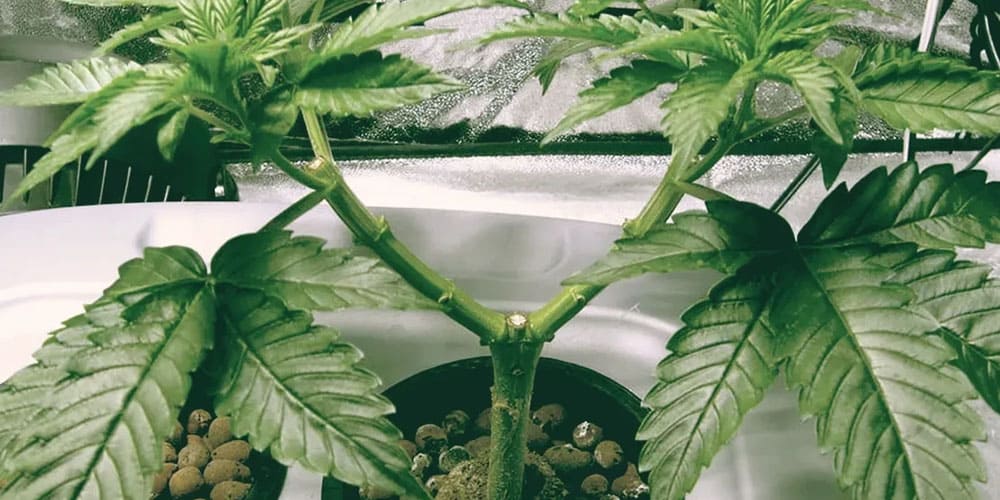
Mainlining begins with the careful topping of the cannabis plant after it develops a few nodes. This initial cut is strategic, aiming to divide the plant’s growth energy equally among the future main branches. It sets the stage for a network of branches that are all equally capable of supporting robust bud development.
Following the initial topping, the selected branches are then trained to grow outwards rather than upwards. This training involves tying down the branches to encourage horizontal growth, which improves light exposure and air circulation—a key factor in healthy plant development. The process not only manipulates physical growth but also influences the plant’s internal resource distribution.
As the plant matures, subsequent toppings at each node double the branches while maintaining symmetry. This repetitive splitting forms a hub-like structure from which all main branches extend. These branches, now equal in status, form a canopy that captures light efficiently, critical for flowering and bud density.
Benefits of Mainlining Cannabis

Mainlining optimizes light exposure, a critical factor in cannabis cultivation. By creating a flat, even canopy, all parts of the plant receive equal light, essential for uniform bud development. This efficient use of light not only increases overall yield but also improves the quality of the buds produced.
This technique also enhances the structural integrity of the plant. With fewer but stronger main branches, the risk of branches breaking under the weight of heavy buds is reduced. This structural advantage is particularly beneficial in indoor setups where space and support structures can be limiting factors.
Furthermore, mainlining reduces the plant’s maintenance needs. With fewer branches to manage, nutrient application and pest control become more focused and effective. This streamlined approach not only saves time but also resources, making it an economical choice for growers aiming for high efficiency in their cultivation practices.
Indulge in the smooth, dessert-like flavors of Sundae Driver 2 Mini Joint Infused, where the calming essence of a leisurely weekend treat is perfectly encapsulated. Each mini joint offers a silky, creamy flavor profile enriched with subtle fruity undertones, reminiscent of your favorite indulgent dessert.
Considerations and Challenges
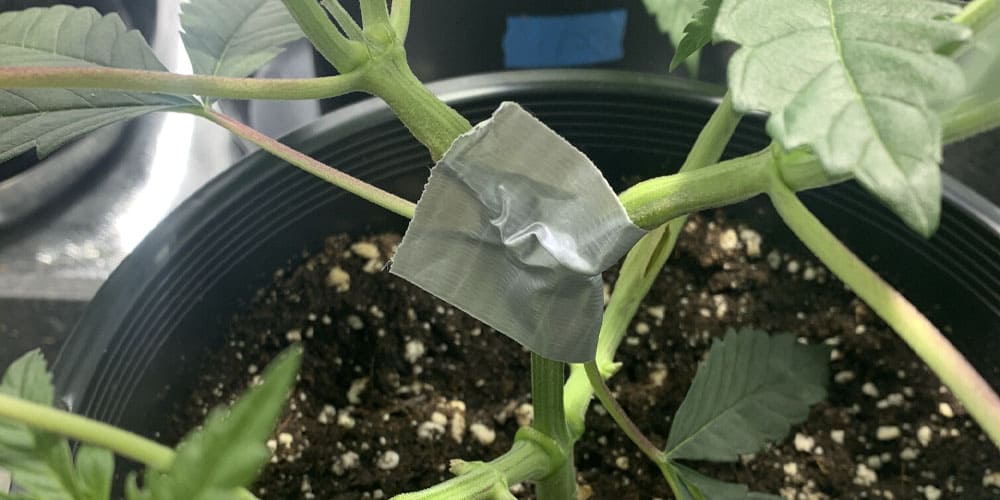
Mainlining requires precision and patience, as it involves significant modification of the plant’s natural growth patterns. Mistakes made during topping or training can lead to uneven growth, which might compromise the benefits of the technique. Growers must be vigilant and consistent in their approach to avoid these pitfalls.
The technique also introduces a significant stress factor to the plant. While cannabis is resilient, the stress from repeated topping and pruning must be carefully managed to prevent stunting or other stress-related issues. Understanding the plant’s response to stress is crucial for optimizing the mainlining process without compromising plant health.
Timing is critical in mainlining. Each phase of topping and training must align with the plant’s vegetative growth stages. Growers must monitor their plants closely, adjusting their care regimen to accommodate the accelerated growth demands mainlining imposes. This requires a deep understanding of cannabis growth cycles and responsiveness to subtle cues from the plant.
Dive into the delightful and fruity embrace of Watermelon Zkittlez 5 Original Mini Joints, a taste sensation that blends the refreshing flavors of watermelon with the sweet zest of candy.
What is Mainlining’s Impact on Yield and Quality?
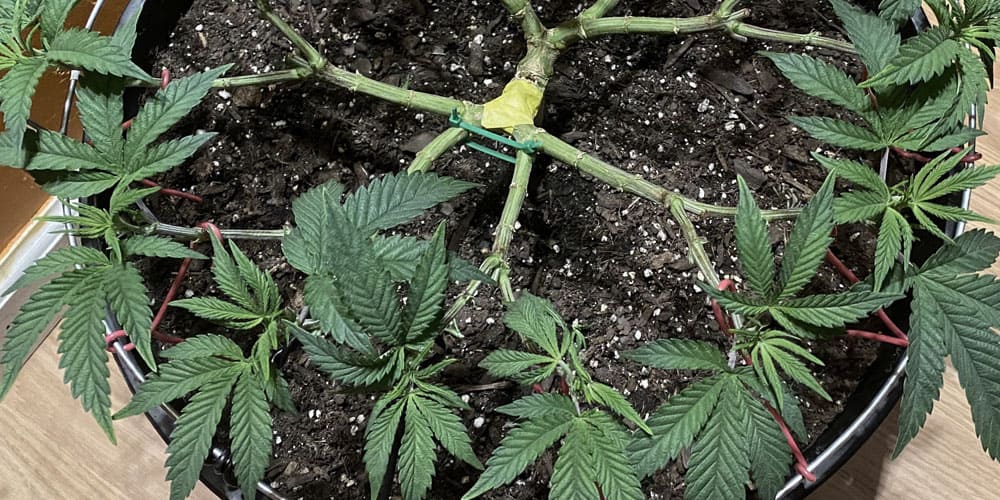
Mainlining directly impacts yield by promoting more uniform and efficient bud production. Each cola produced is more likely to reach its full potential due to the optimal conditions created by the even canopy. This leads to not only a greater quantity of buds but also higher quality, with improved potency and aesthetic appeal.
The quality of cannabis is significantly enhanced through mainlining due to the increased exposure to light and nutrients each bud receives. This uniformity ensures that all buds mature at the same rate and maintain similar levels of cannabinoids and terpenes, which are crucial for flavor and effect.
Despite its benefits, the outcome of mainlining can vary based on the strain and environmental conditions. Some strains respond better to this high-stress technique than others, and the grower’s expertise also plays a significant role in the success of the process. Therefore, while mainlining can greatly enhance yield and quality, it requires a tailored approach to each cultivation scenario.















